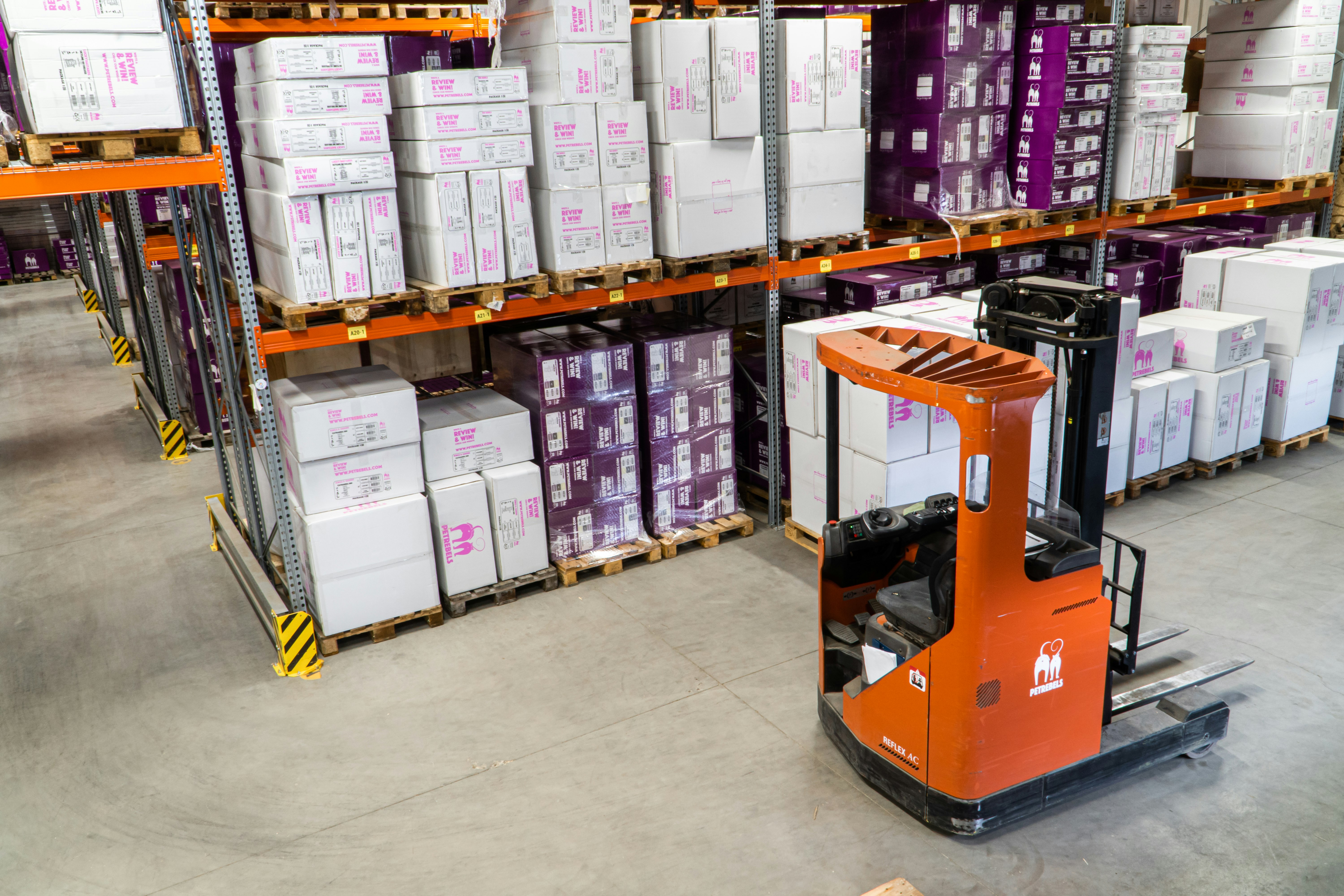Patrick: This is an exciting time for GXS. We are continuing to grow our management team as well as our customer base, and product lines. We have spent the last few years in integrating services with our Trading Grid. We now have over $100 million invested in the effort, and continue to offer new business propositions for our customers. 2007 was a stellar year for GXS in terms of business growth. Our managed services segment grew by 42%. We see this as an evolution in the industry, and are proud to be leaders.
Patrick: The Trading Grid is a set of integrated services,hosted on our dual-continent environment, that provides geographically distributed failover capabilities. We have built the trading grid to support business process integration to the point that EDI has become a feature of the system, rather than the focal point. To that end, we offer hosted mapping services, global webforms, and ERP integration. It is a sophisticated alternative for companies that would be buying software from TIBCO or IBM. But more importantly, it solves integration problems. We continue to invest in new services, and develop an environment that is scalable, secure, and reliable. With this set of capabilities, we are able to develop specific services for customers. For example, BB&T launched their "Supply Chain 360" product to support their finance offering. That system is entirely based on our Trading Grid.
Patrick: Our managed services offerings can take over on several fronts. We are not tapping into problems that help companies grow their sales. The processes are all underpinned by EDI, but we have moved past the integration and standards. We have abstracted the services and can take them over for customers. Five years ago, a company could buy software and manage it themselves. Alternatively, they could get a systems integrator to do that for them. The problem is that there are more and more trading partners in different places, using different technologies, and different languages. So the complexity is growing exponentially. We have found that customers have grown, but have not achieved high levels of automation. We are able to take that over and do the mapping, forms, ERP integration, and community onboarding for them. We take all that they have already accomplished, and integrate it into the Trading Grid. And we can take over their existing programs and extend them to the small and medium sized businesses that they were not previously able to address. We then provide the 24/7 alerts, monitoring, exception reporting, and supply chain management.
Patrick: We see a big horizontal trend across all industries. Integration has made it easier to deliver better services through automation. A study by Stanford University showed that outsourced managed services increased customer satisfaction by an average of 52%, and delivered a 250% ROI over a one year term. Customers are moving toward SaaS alternatives. They are saying that they simply will not buy software. We have 300 software developers working on the Trading Grid. We build SaaS functionality as part of the Trading Grid because it is a platform that we can build and extend functionality. We are taking an approach similar companies like Salesforce.com with their AppExchange. We offer an API that allows developers to create services and products that easily leverage our services.
Patrick: The reality is that so much of the expense can be removed from the data and management functions by outsourcing. Particularly when the alternative is to have a service provider to manage the functions. We can now arm our customers with a 75% increase in capability without having to build it themselves. When I came to GXS four years ago, EDI was a dinosaur, but now it has been revived. And this is not just a GXS phenomenon. EDI is underneath the majority of transactions in the information flow.



















